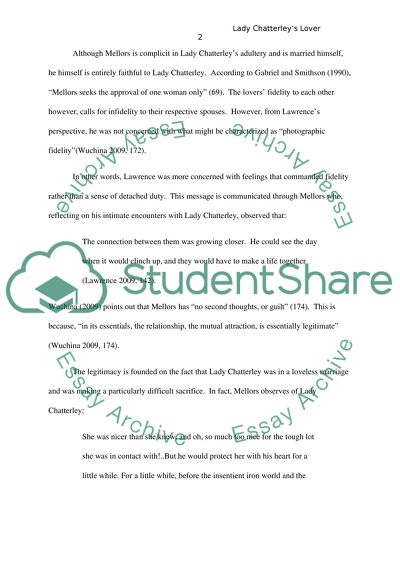Cite this document
(“On the book LADY CHATTERLEYS LOVER Research Paper”, n.d.)
Retrieved from https://studentshare.org/family-consumer-science/1410366-on-the-book-lady-chatterleys-lover
Retrieved from https://studentshare.org/family-consumer-science/1410366-on-the-book-lady-chatterleys-lover
(On the Book LADY CHATTERLEYS LOVER Research Paper)
https://studentshare.org/family-consumer-science/1410366-on-the-book-lady-chatterleys-lover.
https://studentshare.org/family-consumer-science/1410366-on-the-book-lady-chatterleys-lover.
“On the Book LADY CHATTERLEYS LOVER Research Paper”, n.d. https://studentshare.org/family-consumer-science/1410366-on-the-book-lady-chatterleys-lover.


